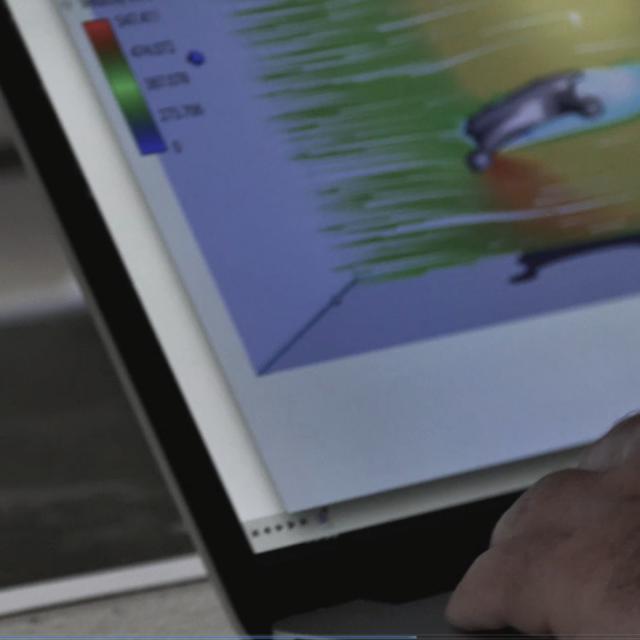MOOC List is learner-supported. When you buy through links on our site, we may earn an affiliate commission.

MOOC List is learner-supported. When you buy through links on our site, we may earn an affiliate commission.
As we move through design assumptions, testing, and refining design ideas, we'll come closer to a final design, while developing a deeper knowledge in Autodesk® Fusion 360™ for simulating and analyzing product functionality.
After completing this course, you will be able to:
• Describe the engineering design process and workflow in Fusion 360.
• Summarize the trends that are influencing the design industry.
• Demonstrate knowledge and skills in more advanced Fusion 360 CAD and simulation skills
Course 4 of 5 in the CAD and Digital Manufacturing Specialization.
Syllabus
WEEK 1
Design Optimization
Just because a design looks complete, doesn’t mean that it’s done. Often times you will go through dozens of revisions before achieving the final result. We'll explore ways to optimize the strength and reduce the weight of our quadcopter design, and we'll pull from experience to help guide design decisions.
WEEK 2
Design Validation
Even with today's rapid manufacturing processes, there is still a cost associated. Regardless if you have access to a 3D printer, making informed design decisions is critical to the success of any product. In this week's lessons, we'll explore static simulation to identify weak areas of our design so they can be addressed before production.
WEEK 3
Assembly Motion
Replicating real world motion is important to understanding physical constraints of any product. A quadcopter has spinning propellers, and in our case, a tilting camera. This is relatively simple mechanically speaking, but making sure they never touch is key to keeping it up in the air.
WEEK 4
Camera Gimbal Design Integration
The overall scope of this project requires a live feed camera that can be adjusted by a person on the ground. Our project will use a single servo to allow the camera to tilt as needed but will require a servo mount on the body to function properly.
MOOC List is learner-supported. When you buy through links on our site, we may earn an affiliate commission.
MOOC List is learner-supported. When you buy through links on our site, we may earn an affiliate commission.
